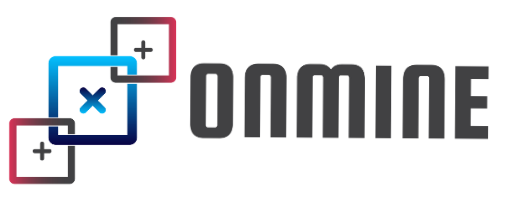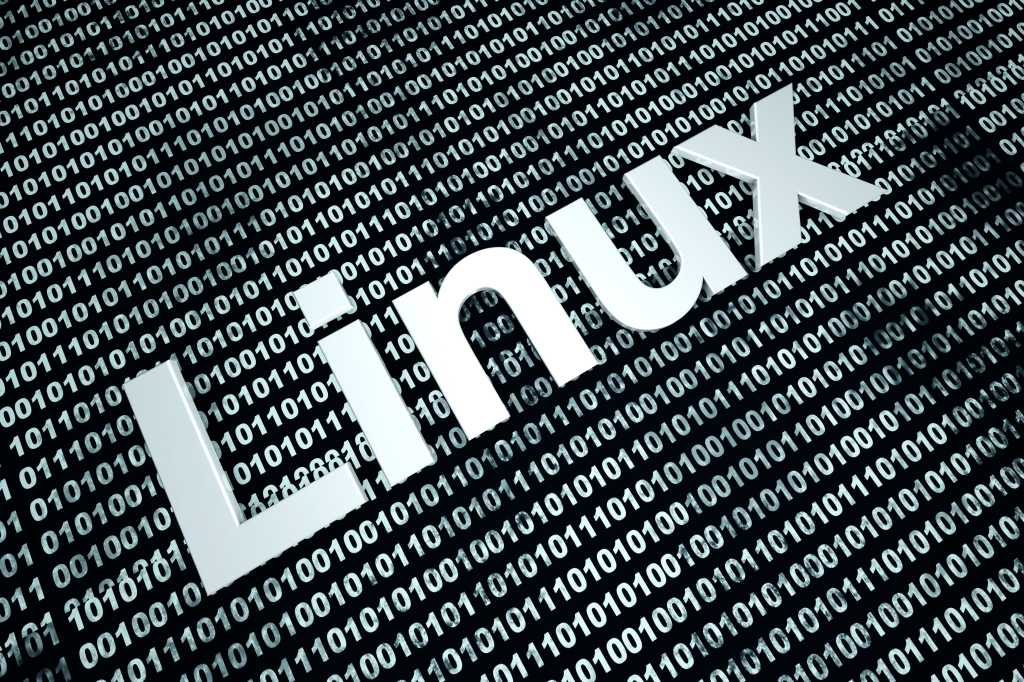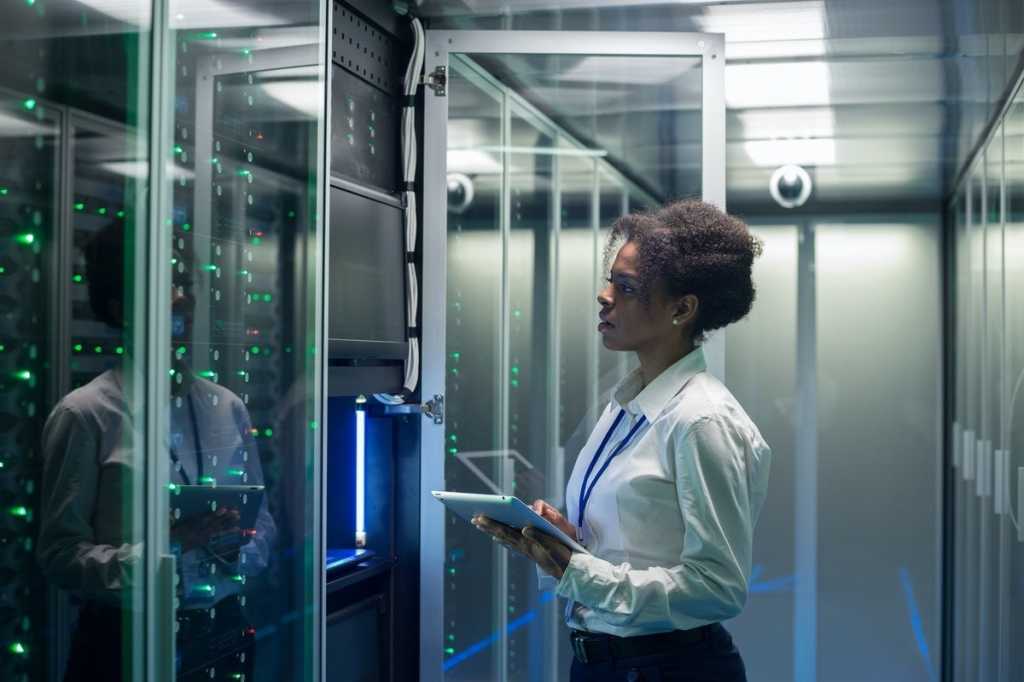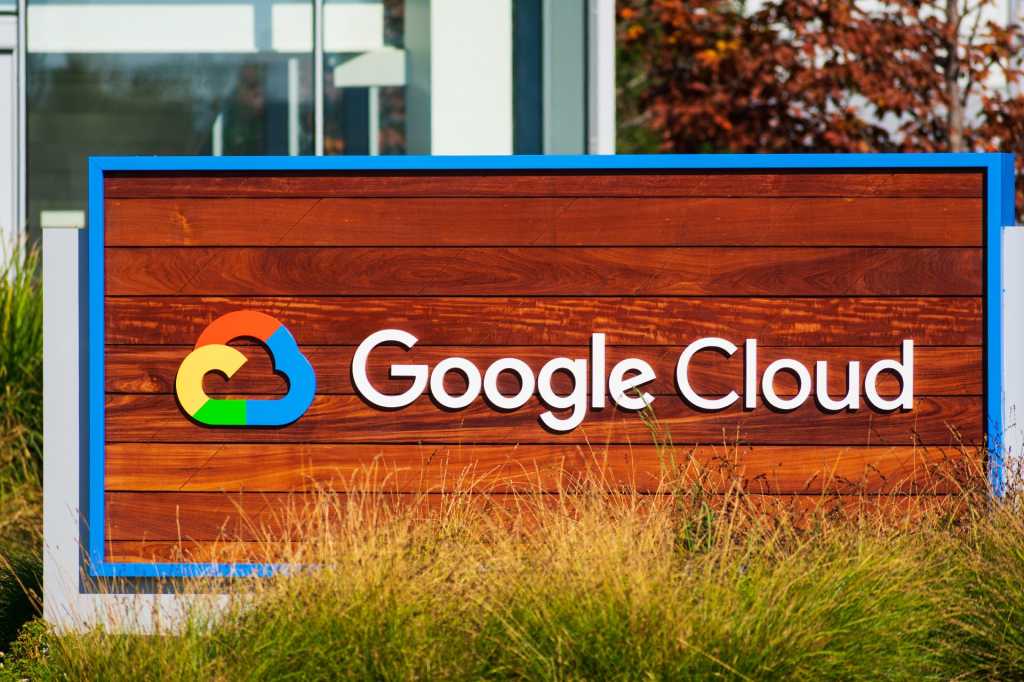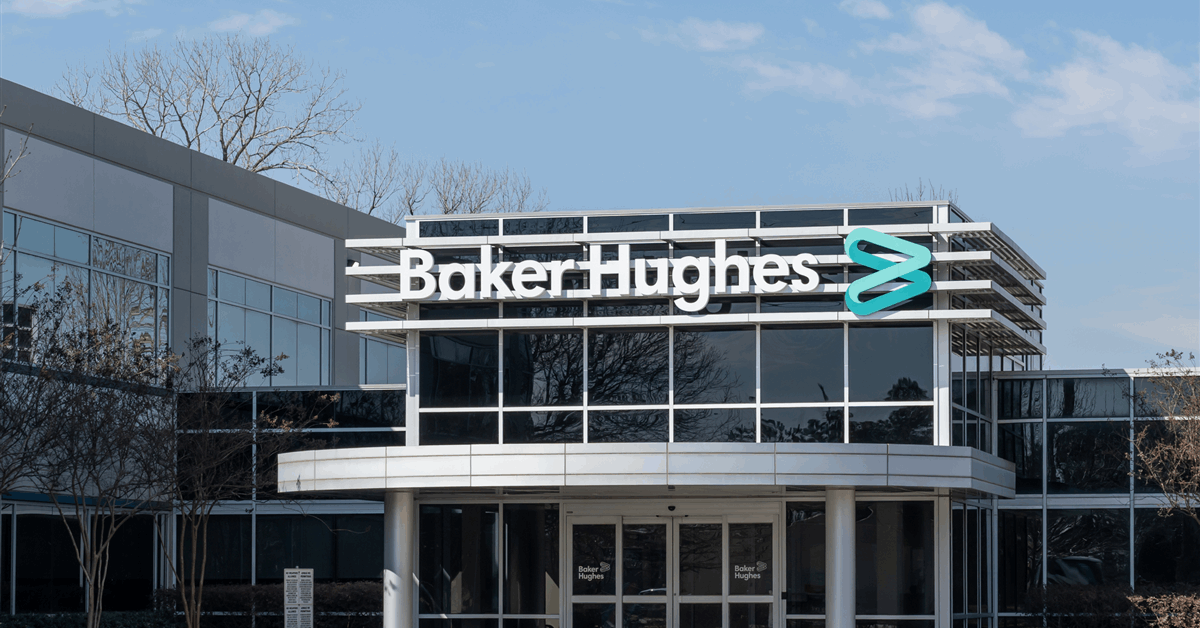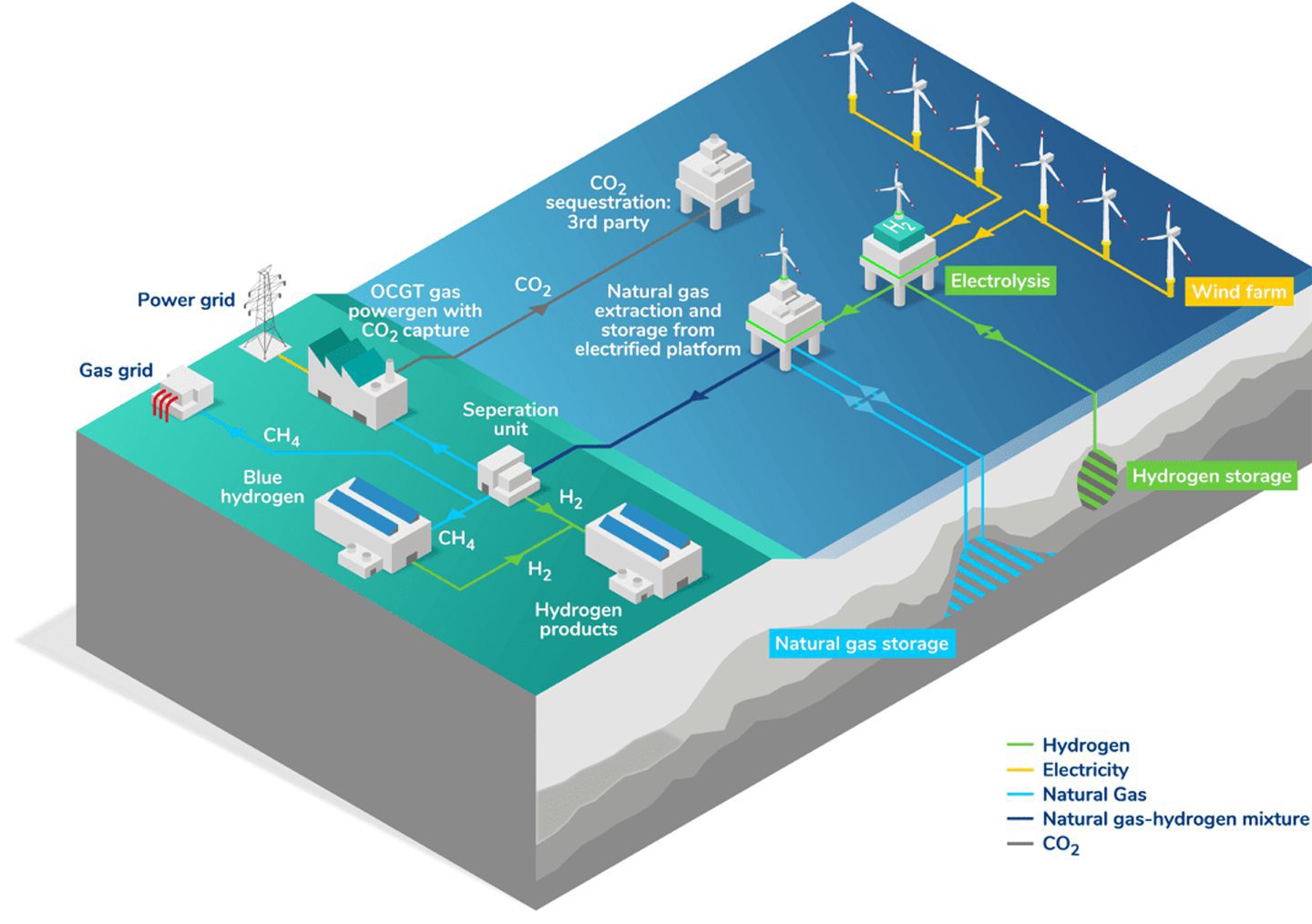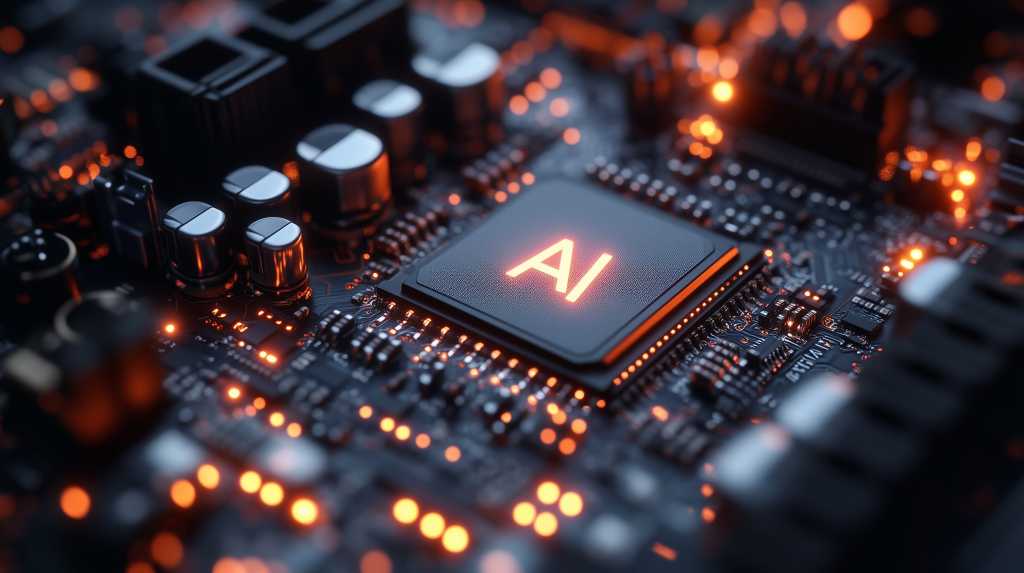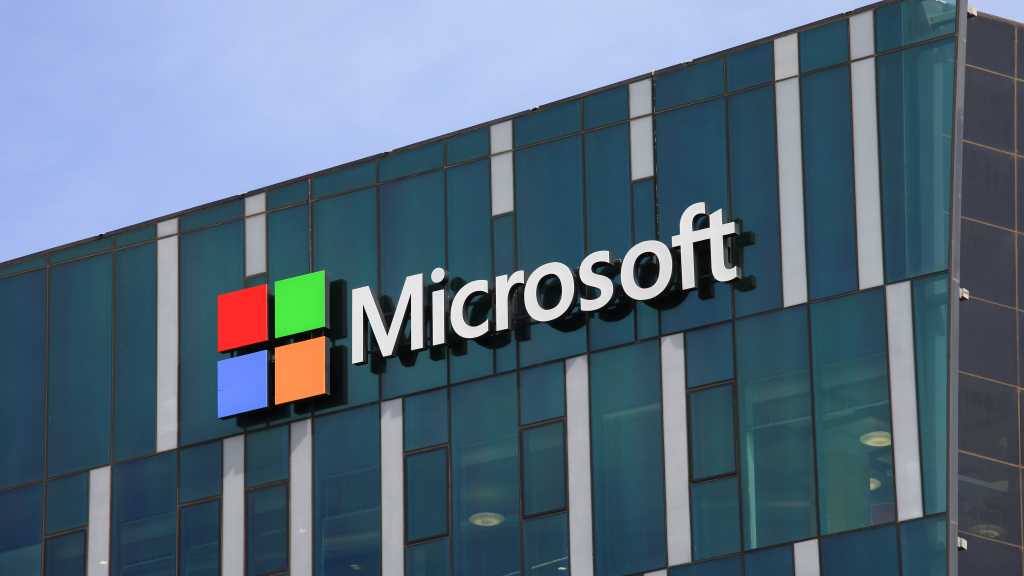
GM Energy has joined Pacific Gas & Electric Co.’s vehicle-to-everything bidirectional charging pilot program for electric vehicles in Northern and Central California, the utility provider announced March 13.
Eligible residential customers enrolled in PG&E’s vehicle-to-everything (V2X) pilot will receive discounts of up to $4,500 off the price of a GM Energy home charging bundle and vehicle-to-home enablement kit, which is usually priced at $7,299. The base incentive is $2,500 for installing the equipment, with up to $2,000 of additional incentives available for residents of disadvantaged communities and early adopters.
Vehicle-to-home charging technology is intended to serve as a backup source of power that can, for example, supply energy to homes during power outages. But according to the companies involved in the pilot project, it can do much more.
“For utilities, legislators, customers and others, this pilot is an opportunity to see the full value of our V2H technology beyond just providing power to a home during power outages,” GM Energy Vice President Wade Sheffer said in a statement. “This can be a tool that helps overall grid resiliency and showcases the unique advantages of EVs while, in the future, may even reduce the overall total cost of EV ownership.”
The partnership highlights how utilities are increasingly working with automakers to determine strategies to reduce demand on the energy grid and help accelerate the shift to EVs. PG&E is also working with Ford in a similar partnership, and has partnered with BMW since 2015 to study smart charging.
GM EVs currently eligible for the program include the 2024 Chevrolet Silverado, Equinox, Blazer and GMC Sierra Denali, as well as the 2024-2025 Cadillac Lyriq. However, GM Energy soon plans to add all of the automaker’s EVs to the pilot.
Residents participating in the pilot must also enroll in PG&E’s Emergency Load Reduction Program, which offers incentives for customers who export power or reduce their energy loads during elevated demand periods.
